Centreofexcellence – Jungian Archetypes Audio Course
$21.00 $15.00
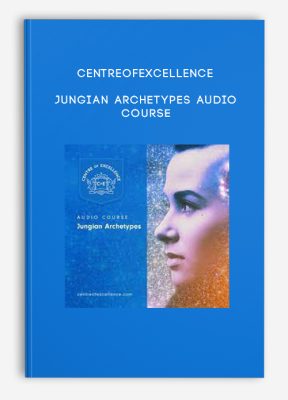
Centreofexcellence – Jungian Archetypes Audio Course
Get Centreofexcellence – Jungian Archetypes Audio Course on Salaedu.com
Description:
What Will You Learn? Jungian Archetypes Audio Course
Carl Jung, the renowned 20th-century Swiss psychiatrist, believed our minds have a predetermined structure that shapes how and what we’ll experience in life. According to him, identical psychic structures, which are typical to all humans, exist in parts of our psyche, and these heritable structures influence the way we experience everything in our lives.
Jung called these structures ‘archetypes’, which can be described as cognitive categories or natural inclinations that we all are born with, and their job is to make us think, feel, perceive and act in a specific way. This course explores this concept and its place within psychology, psychoanalysis, and fictional writing.
The Jungian Archetypes Diploma Course jumps straight into the subject of Jungian psychology – explaining what the Jungian archetypes are, Carl Jung’s concept of the psyche and its three main components, and what the 12 main archetypes are and what they are used for.
We’ll take a look into Carl Jung’s life – his childhood, education, personal life and association with Sigmund Freud. We will also consider his important ideas and concepts, as well as his legacy and influence.
The course examines the book ‘Instinct and the Unconscious’, which exhibits Jung’s understanding of instincts as unconscious processes, distinguishing instincts from phobias and reflex actions, the origin of instincts and how they differ from intuition, personal unconscious, the collective unconscious, and archetypes and archetypes as metaphysical ideas.
We’ll discuss psychophysical patterns and the electromagnetic spectrum idea, archetypal events, archetypal motifs and the shadow, anima/animus, and the self.
We take a deeper look at the 12 main archetypes introduced at the start of the course and examine each in greater detail – giving a comprehensive understanding of each. These archetypes are Hero, Magician, Outlaw, Innocent, Sage, Explorer, Artist, Ruler, Caregiver, Lover, Jester and Everyman. We then look at how archetypes were used by notable psychologists and psychoanalysts James Hillman, Jacques Lacan, Melanie Klein, Sigmund Freud, Robert Langs, and Ernest Rossi.
The course concludes by taking a look at how the 12 main archetypes are written into books and films.
Here’s what you’ll get: Jungian Archetypes Audio Course
- Module 1: Introduction to Jungian Archetypes
- Module 2: Introduction to Jung Jungian Archetypes Audio Course
- Module 3: Jung’s First Ideas About Archetypes
- Module 4: Later Developments on the Archetypes
- Module 5: Archetypal Figures – ‘Leave a Mark’
- Module 6: Archetypal Figures – ‘Spiritual Journey’
- Module 7: Archetypal Figures – ‘Provide Structure’
- Module 8: Archetypal Figures – ‘Connect to Others’
- Module 9: Using Archetypes in Psychology and Psychoanalysis
- Module 10: Archetypes in Books and Films Jungian Archetypes
FITNESS – HEALTH – MEDICAL Course
More information about Medical:
Medicine is the science and practice of establishing the diagnosis, prognosis, treatment, and prevention of disease.
Medicine encompasses a variety of health care practices evolved to maintain and restore health by the prevention and treatment of illness.
Contemporary medicine applies biomedical sciences, biomedical research, genetics, and medical technology to diagnose, treat, and prevent injury and disease,
typically through pharmaceuticals or surgery, but also through therapies as diverse as psychotherapy, external splints and traction, medical devices, biologics, and ionizing radiation, amongst others.
Medicine has been around for thousands of years, during most of which it was an art (an area of skill and knowledge) frequently having connections to the religious and philosophical beliefs of local culture.
For example, a medicine man would apply herbs and say prayers for healing, or an ancient philosopher and physician would apply bloodletting according to the theories of humorism.
In recent centuries, since the advent of modern science, most medicine has become a combination of art and science (both basic and applied, under the umbrella of medical science).
While stitching technique for sutures is an art learned through practice.
The knowledge of what happens at the cellular and molecular level in the tissues being stitched arises through science.
More Course: FITNESS – HEALTH – MEDICAL
Outstanding Course:MÁS VISIBILIDAD MÁS CLIENTES – Programa de comunicación digital para Coaches y Terapeutas
1 review for Centreofexcellence – Jungian Archetypes Audio Course
Add a review Cancel reply
Related products
HEALTH - FITNESS - LIFESTYLE - MEDICAL
HEALTH - FITNESS - LIFESTYLE - MEDICAL
HEALTH - FITNESS - LIFESTYLE - MEDICAL
HEALTH - FITNESS - LIFESTYLE - MEDICAL
HEALTH - FITNESS - LIFESTYLE - MEDICAL
HEALTH - FITNESS - LIFESTYLE - MEDICAL
HEALTH - FITNESS - LIFESTYLE - MEDICAL

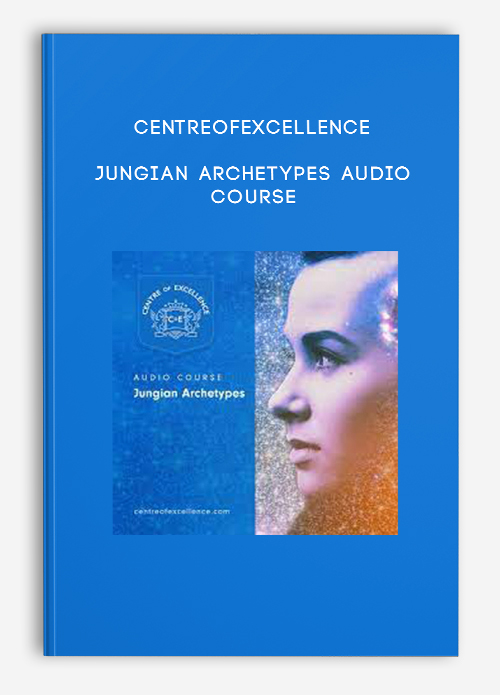

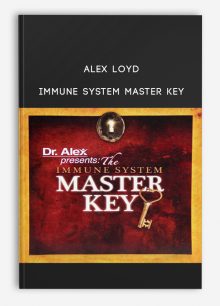
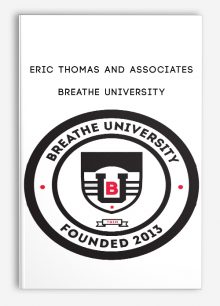

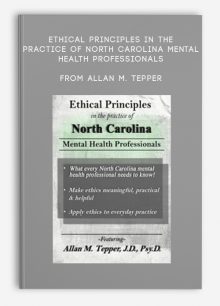

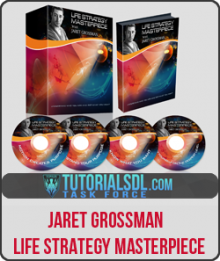
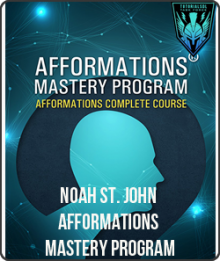
king –
“We encourage customers to contact Customer Service and think twice before making payment. All course contents will be similar to what is from the author.”
Thank you!